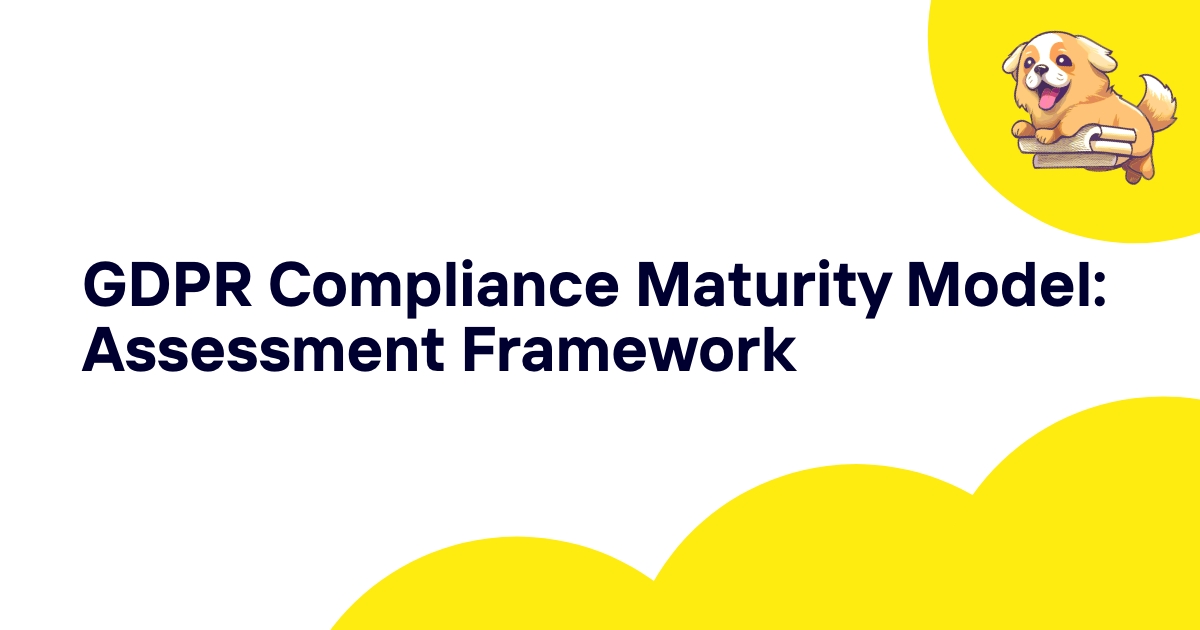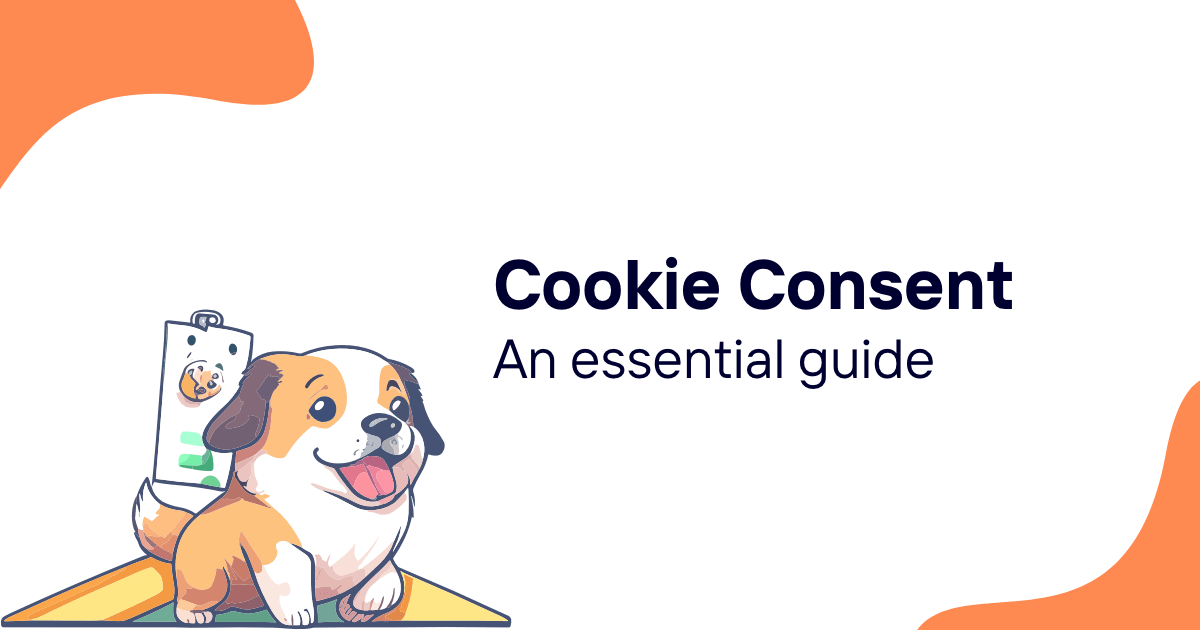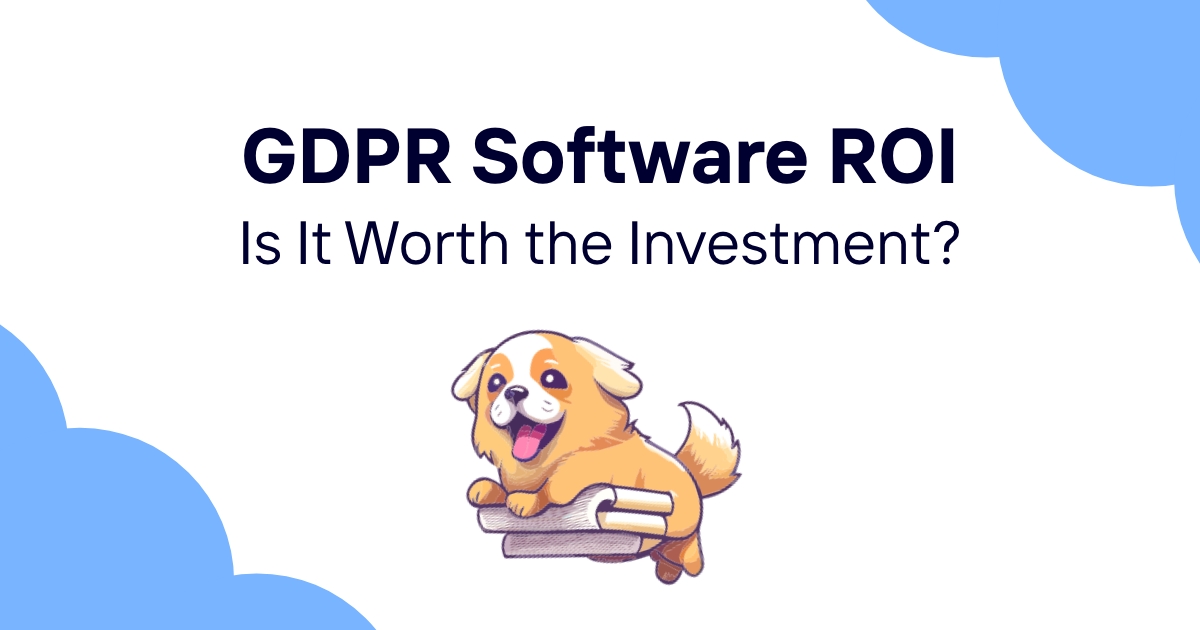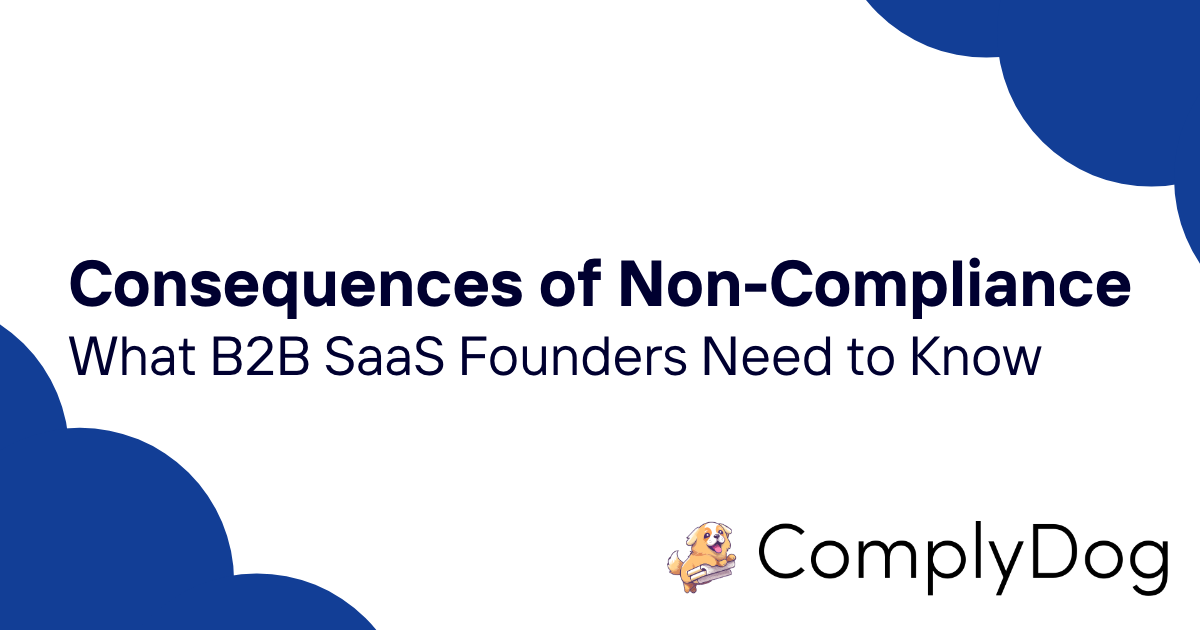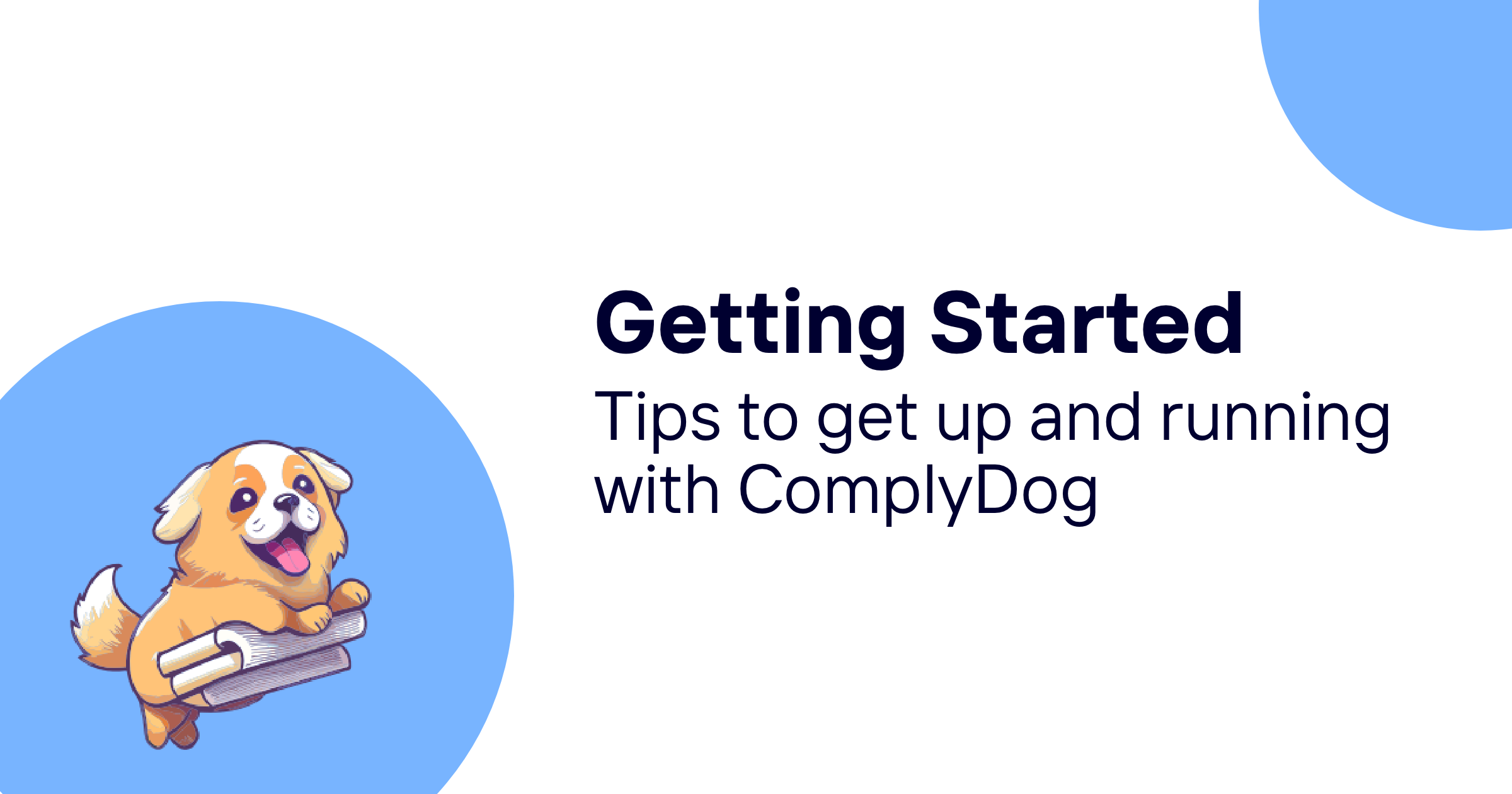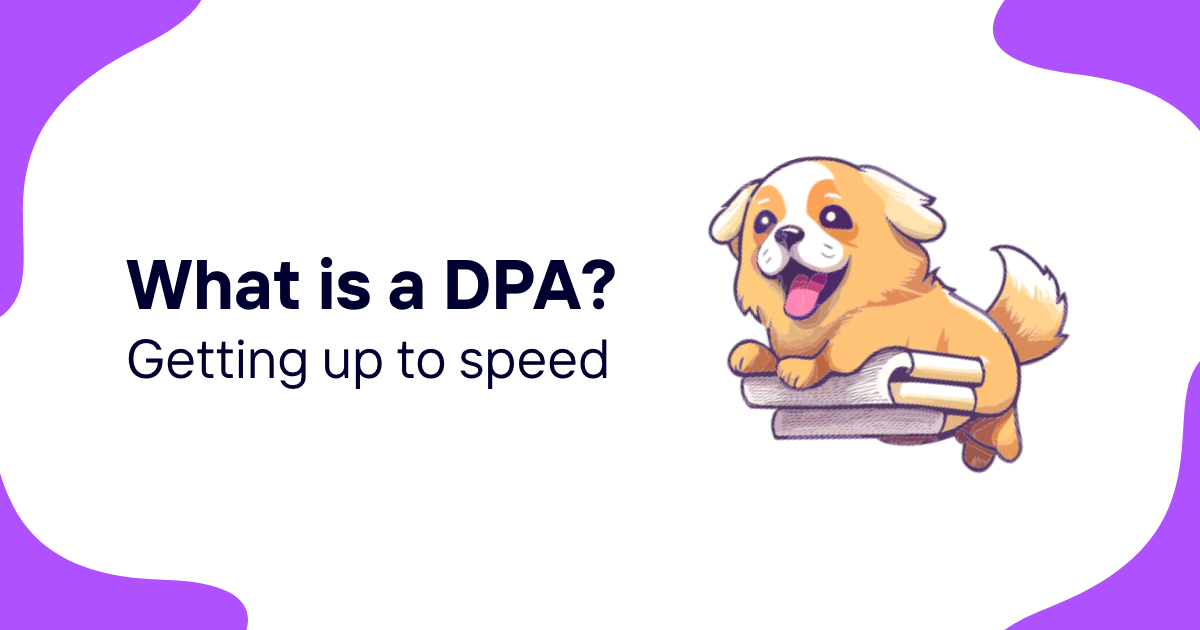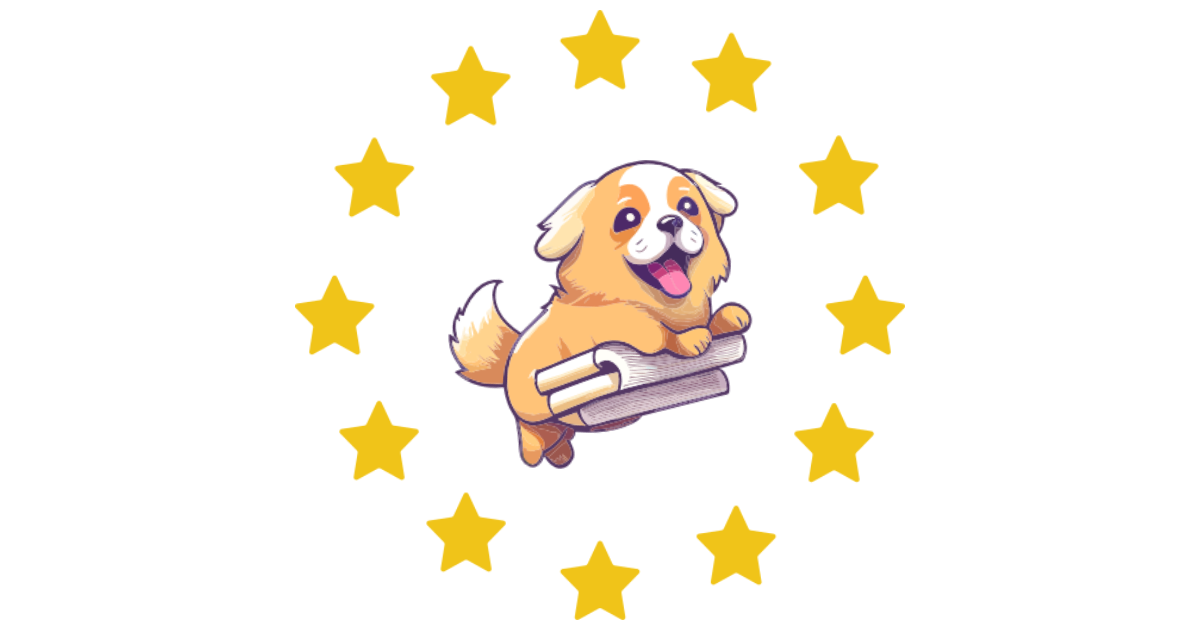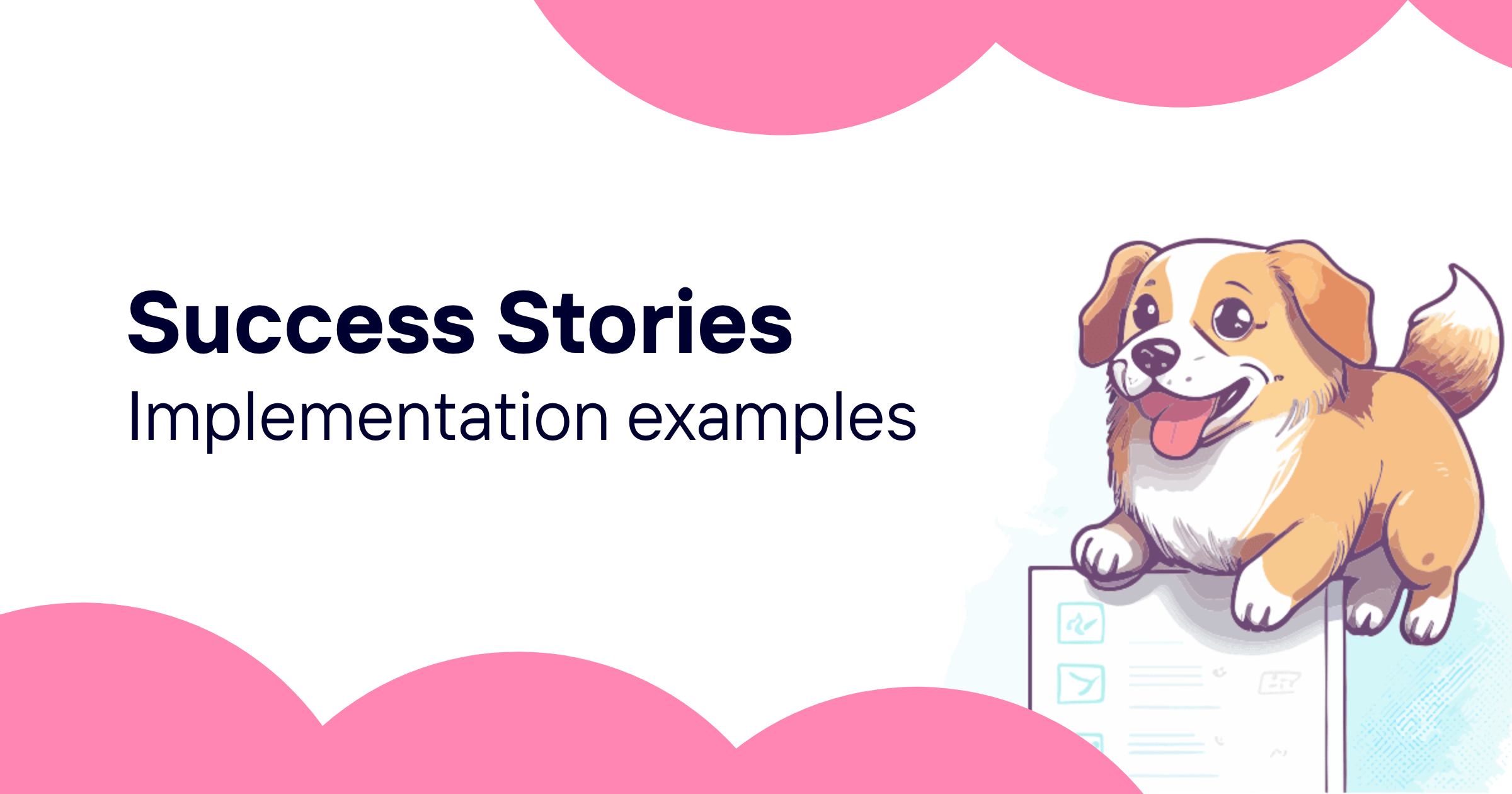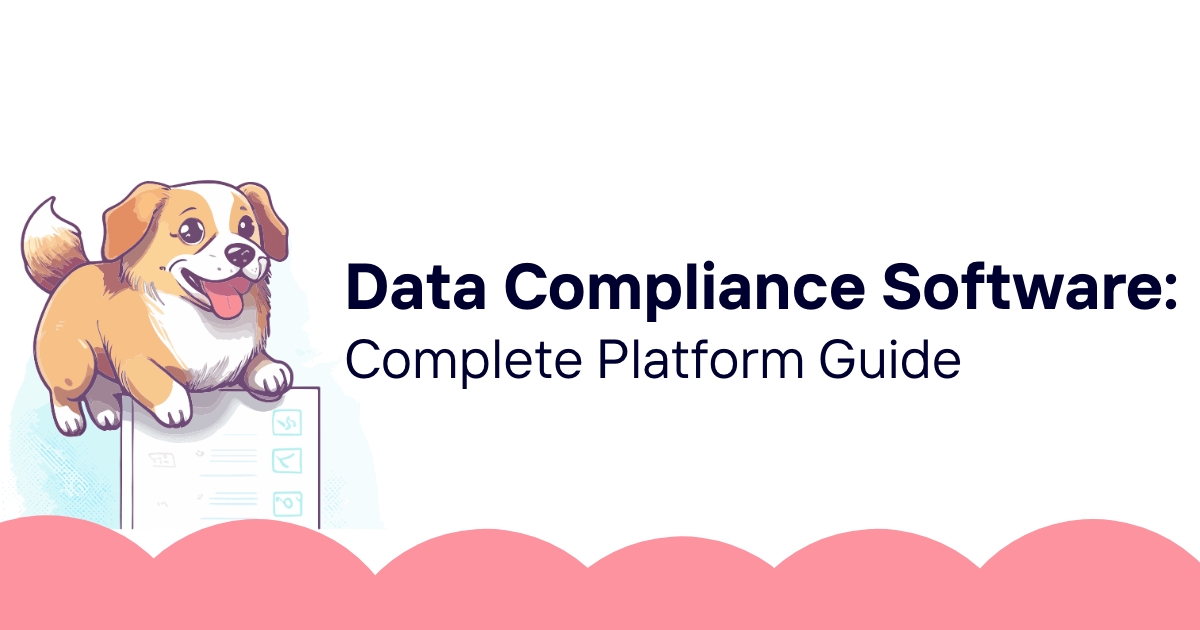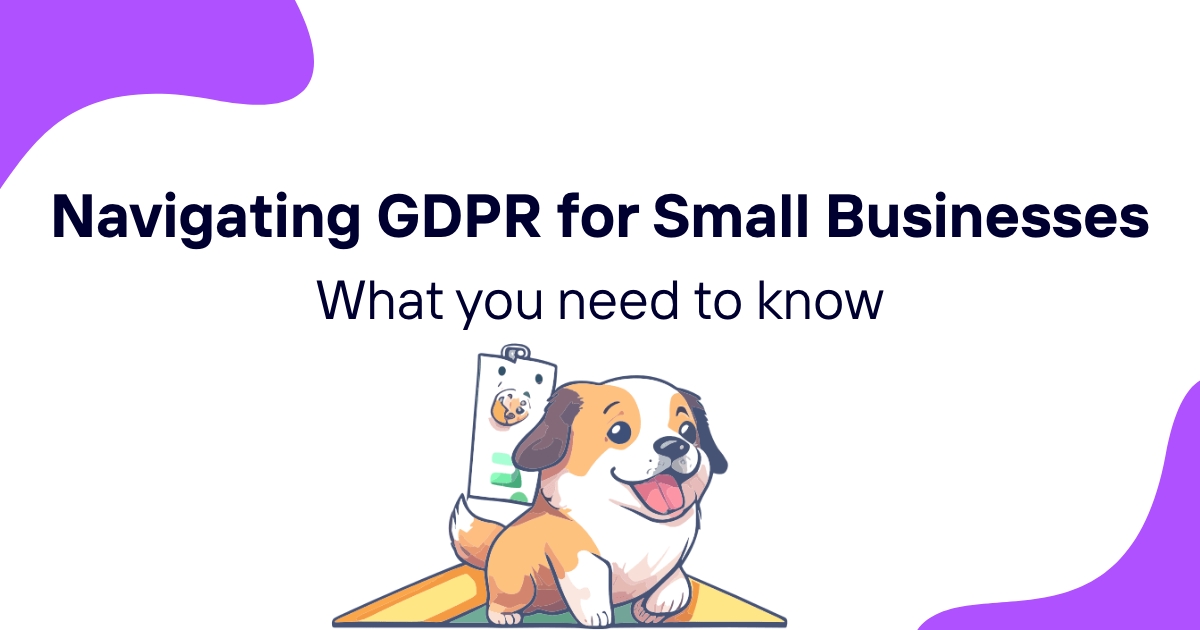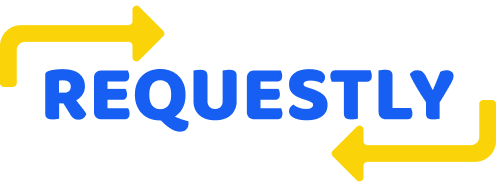Most organizations approach GDPR compliance reactively, implementing minimal requirements without understanding how their privacy program compares to industry standards or where strategic improvements could provide competitive advantages. This scattered approach creates compliance gaps while missing opportunities for business value creation.
Maturity models provide systematic frameworks for assessing current compliance capabilities and planning strategic improvements that transform privacy from regulatory burden to business advantage. Organizations using maturity-based approaches typically achieve better compliance outcomes with more efficient resource allocation.
This guide provides a comprehensive GDPR compliance maturity model that enables objective assessment of current capabilities while guiding strategic improvement planning across all privacy program dimensions.
Compliance Maturity Model Overview
Maturity Model Framework Foundation
Privacy maturity models assess organizational capabilities across multiple dimensions including governance, processes, technology, and culture rather than simple regulatory checklist compliance.
The framework recognizes that effective privacy programs require systematic development over time with each maturity level building foundation for more sophisticated capabilities.
Maturity assessment provides objective benchmarking against industry standards while identifying specific areas where improvement investments would provide maximum value.
Strategic planning benefits from maturity models that connect current capabilities with future vision through practical improvement roadmaps.
Five-Level Maturity Structure
Initial level organizations have ad-hoc privacy practices with minimal systematic compliance and limited understanding of GDPR requirements across business operations.
Developing level organizations implement basic compliance requirements but lack comprehensive processes and may struggle with consistent implementation across different business functions.
Defined level organizations have established comprehensive privacy programs with documented procedures and consistent implementation across most business activities.
Managed level organizations optimize privacy processes through measurement and continuous improvement while demonstrating clear privacy program value to business objectives.
Optimized level organizations achieve privacy leadership through innovation and industry best practices while using privacy capabilities for competitive advantage.
Assessment Dimensions
Governance maturity evaluates privacy leadership, accountability structures, and integration with broader business strategy and risk management processes.
Process maturity assesses systematic implementation of privacy procedures including rights management, incident response, and vendor oversight activities.
Technology maturity examines privacy tool sophistication including automation capabilities, integration effectiveness, and support for privacy objectives.
Culture maturity measures organizational privacy awareness, staff engagement, and integration of privacy considerations into business decision-making.
Business Value Alignment
Risk reduction capabilities demonstrate how privacy maturity reduces regulatory penalties, data breach costs, and reputation damage through systematic protection measures.
Operational efficiency improvements show how mature privacy programs reduce compliance costs while enabling business growth and innovation.
Competitive advantages emerge from privacy leadership that builds customer trust and enables premium positioning in privacy-conscious markets.
Strategic enablement allows mature privacy programs to support new business opportunities rather than constraining growth or innovation initiatives.
Maturity Levels and Characteristics
Level 1: Initial (Ad-Hoc)
Reactive compliance approach addresses privacy requirements only when problems occur or external pressure requires immediate attention.
Minimal documentation with informal procedures that depend on individual knowledge rather than systematic organizational capabilities.
Inconsistent implementation varies significantly across business functions with some areas having better privacy practices than others.
Resource constraints limit privacy investments to emergency responses and minimal compliance requirements.
Limited awareness among staff and leadership about privacy requirements and the importance of systematic data protection.
Level 2: Developing (Basic Compliance)
Basic policy framework establishes fundamental privacy policies but may lack comprehensive implementation guidance or regular updates.
Essential process implementation covers core GDPR requirements including rights requests and incident response but may lack efficiency or consistency.
Technology foundation includes basic privacy tools but limited integration or automation capabilities.
Training programs provide basic privacy awareness but may not address role-specific requirements or advanced privacy concepts.
Compliance monitoring focuses on regulatory requirements but may lack comprehensive performance measurement or improvement planning.
Level 3: Defined (Systematic)
Comprehensive privacy program addresses all GDPR requirements through documented procedures and consistent implementation across business operations.
Integrated governance structures include privacy leadership roles and cross-functional coordination that supports systematic privacy management.
Mature processes handle privacy requirements efficiently through standardized procedures and appropriate technology support.
Staff competency development ensures personnel have knowledge and skills needed for effective privacy protection in their specific roles.
Performance measurement tracks privacy program effectiveness through metrics and regular assessment of compliance outcomes.
Level 4: Managed (Optimized)
Continuous improvement culture drives regular enhancement of privacy processes and capabilities based on performance measurement and stakeholder feedback.
Advanced technology implementation includes automation and integration that significantly improves privacy program efficiency and effectiveness.
Strategic privacy integration aligns privacy capabilities with business objectives while identifying opportunities for competitive advantage.
Stakeholder engagement includes customers, partners, and regulators in privacy program development and demonstrates privacy leadership.
Risk-based approach prioritizes privacy investments and activities based on systematic risk assessment and business impact analysis.
Level 5: Optimized (Leadership)
Privacy innovation drives industry best practices and influences privacy standards development through thought leadership and technology advancement.
Business value creation demonstrates clear return on privacy investments through risk reduction, operational efficiency, and competitive positioning.
Ecosystem leadership extends privacy capabilities to partners and vendors while influencing broader industry privacy practices.
Predictive capabilities anticipate privacy challenges and opportunities while positioning organizations for regulatory changes and market evolution.
Cultural transformation integrates privacy values throughout organizational decision-making and business operations as fundamental business principle.
Assessment Methodology and Tools
Comprehensive Assessment Framework
Multi-dimensional evaluation covers governance, processes, technology, and culture through structured assessment questionnaires and evidence review.
Objective scoring criteria enable consistent evaluation across different organizational areas and provide benchmarking against industry standards.
Evidence-based assessment requires documentation and demonstration of capabilities rather than relying solely on self-reported information.
Stakeholder interviews gather perspectives from different organizational levels including executives, privacy teams, and operational staff.
Assessment Tool Implementation
Online assessment platforms enable efficient data collection while providing immediate scoring and comparison with industry benchmarks.
Questionnaire design balances comprehensive coverage with reasonable completion time to encourage thorough and accurate responses.
Scoring algorithms weight different assessment dimensions based on their importance to overall privacy program effectiveness.
Reporting capabilities provide detailed analysis of current maturity while highlighting specific areas for improvement focus.
Validation and Verification
Documentation review confirms assessment responses through examination of policies, procedures, and implementation evidence.
Process observation validates reported capabilities through direct examination of privacy activities and decision-making procedures.
System testing verifies technology capabilities including automation effectiveness and integration performance.
Staff interviews assess cultural maturity and understanding of privacy requirements at different organizational levels.
External Assessment Options
Third-party assessment provides objective evaluation free from internal bias while offering industry perspective and benchmarking opportunities.
Self-assessment tools enable internal evaluation while building organizational understanding of privacy maturity concepts and requirements.
Hybrid approaches combine internal assessment with external validation to balance cost effectiveness with objectivity.
Continuous assessment capability enables regular monitoring of maturity progression over time rather than periodic snapshot evaluations.
Gap Analysis and Benchmarking
Current State Analysis
Strengths identification highlights areas where organizations demonstrate advanced privacy capabilities that provide foundation for further development.
Weakness assessment identifies specific gaps that create compliance risks or limit privacy program effectiveness and business value creation.
Opportunity evaluation considers areas where privacy improvements could provide significant business benefits beyond basic compliance requirements.
Risk assessment prioritizes gaps based on potential regulatory exposure and business impact to guide improvement investment decisions.
Industry Benchmarking
Sector-specific comparison evaluates maturity against organizations in similar industries with comparable privacy challenges and regulatory requirements.
Size-based benchmarking considers organizational scale and resource availability when assessing appropriate maturity targets and improvement timelines.
Geographic comparison addresses different regulatory environments and privacy expectations across various jurisdictions and markets.
Best practice identification highlights leading organizations and innovative approaches that provide models for privacy program enhancement.
Performance Gap Quantification
Maturity gap measurement quantifies differences between current state and target maturity levels across different assessment dimensions.
Priority ranking orders improvement opportunities based on business impact, implementation complexity, and resource requirements.
Cost-benefit analysis evaluates investment requirements against expected benefits from privacy program enhancement initiatives.
Timeline estimation provides realistic expectations for maturity improvement based on organizational capabilities and resource availability.
Improvement Planning Framework
Strategic roadmap development connects current maturity assessment with long-term privacy program vision through systematic improvement planning.
Phase-based implementation breaks improvement initiatives into manageable components that build capabilities progressively over time.
Resource allocation planning ensures adequate investment in privacy program enhancement while balancing other organizational priorities.
Success metrics definition establishes measurable objectives for maturity improvement that enable progress tracking and achievement recognition.
Maturity Improvement Roadmap
Strategic Planning Process
Vision development establishes long-term privacy program objectives that align with business strategy while addressing regulatory requirements and stakeholder expectations.
Goal setting creates specific maturity targets for different assessment dimensions while considering organizational constraints and improvement timelines.
Initiative prioritization balances improvement opportunities with resource availability and business impact to optimize privacy investment effectiveness.
Timeline development provides realistic schedules for maturity advancement that consider implementation complexity and organizational change management requirements.
Implementation Phases
Foundation building (Levels 1-2) establishes basic compliance capabilities including essential policies, procedures, and technology infrastructure.
Systematization (Levels 2-3) develops comprehensive privacy programs with consistent implementation across all business functions and activities.
Optimization (Levels 3-4) enhances privacy program efficiency through measurement, automation, and continuous improvement initiatives.
Leadership development (Levels 4-5) builds industry-leading privacy capabilities that provide competitive advantage and influence industry standards.
Capability Development
Governance enhancement includes developing privacy leadership roles, accountability structures, and integration with business strategy and operations.
Process improvement focuses on systematic privacy procedures that efficiently address regulatory requirements while supporting business objectives.
Technology advancement implements privacy tools and automation that improve program efficiency while reducing manual compliance burden.
Culture development builds organizational privacy awareness and engagement that supports consistent privacy protection throughout business operations.
Change Management
Stakeholder engagement ensures leadership support and resource commitment for privacy program maturity improvement initiatives.
Communication strategy keeps organizational stakeholders informed about maturity improvement progress while building support for continued investment.
Training and development ensures staff have knowledge and skills needed to support enhanced privacy capabilities and cultural transformation.
Consider how maturity improvement integrates with compliance officer development and broader organizational privacy leadership.
Industry Maturity Benchmarks
Sector-Specific Maturity Patterns
Technology industry organizations typically demonstrate advanced technology maturity but may lag in governance and cultural dimensions.
Financial services sector often shows strong governance maturity due to regulatory experience but may need technology modernization.
Healthcare organizations frequently have high awareness of privacy importance but may struggle with systematic implementation across complex operations.
Retail and e-commerce companies often excel in customer-facing privacy controls but may need improvement in internal process maturity.
Organizational Size Considerations
Large enterprises typically achieve higher governance and process maturity but may struggle with consistent implementation across diverse business units.
Medium-sized organizations often demonstrate balanced maturity development but may lack resources for advanced technology implementation.
Small businesses frequently show high cultural maturity but may need improvement in systematic processes and documentation.
Startup companies often implement advanced technology solutions but may lack comprehensive governance and process development.
Geographic Variations
European organizations generally demonstrate higher overall maturity due to longer GDPR experience and stronger regulatory enforcement.
North American companies often show strong technology implementation but may lag in governance maturity compared to European counterparts.
Asia-Pacific organizations demonstrate increasing maturity as privacy regulations expand and business requirements drive improvement.
Emerging markets often focus on foundational compliance but increasingly invest in advanced privacy capabilities as business requirements evolve.
Maturity Evolution Trends
Automation adoption accelerates across all industries as organizations recognize efficiency benefits and compliance accuracy improvements.
Cultural integration increases as organizations recognize privacy's role in business success rather than just regulatory compliance.
Strategic value recognition grows as privacy leaders demonstrate competitive advantages and business enabling capabilities.
Industry collaboration expands as organizations share best practices and influence privacy standards development.
Continuous Improvement Strategies
Performance Monitoring
Regular maturity assessment enables tracking of improvement progress while identifying emerging gaps or opportunities for enhancement.
Metrics-based monitoring tracks specific privacy program performance indicators that support maturity advancement and business value creation.
Stakeholder feedback collection provides insights into privacy program effectiveness from different organizational perspectives and external partners.
Benchmarking updates maintain current understanding of industry standards and emerging best practices that influence maturity targets.
Innovation and Enhancement
Technology evolution monitoring identifies new privacy tools and capabilities that could enhance organizational maturity and competitive positioning.
Best practice research discovers innovative approaches to privacy challenges that could accelerate maturity improvement and program effectiveness.
Regulatory development tracking anticipates privacy law changes that might affect maturity requirements or improvement priorities.
Industry collaboration provides opportunities to learn from peers while contributing to privacy standards development and thought leadership.
Organizational Learning
Lessons learned documentation captures insights from maturity improvement initiatives to inform future enhancement efforts and accelerate development.
Knowledge sharing enables organizational learning from privacy program successes and challenges while building institutional capabilities.
Training program evolution ensures staff development keeps pace with privacy program maturity advancement and changing business requirements.
Culture development initiatives reinforce privacy values while building organizational commitment to continuous privacy improvement.
Strategic Adaptation
Regular strategy review ensures privacy program objectives remain aligned with business evolution and changing regulatory environments.
Maturity target adjustment considers changing business requirements and industry standards when setting improvement objectives.
Resource reallocation optimizes privacy investment based on maturity assessment results and changing organizational priorities.
Vision refinement updates long-term privacy program aspirations based on achievement progress and evolving business strategy.
Maturity Model Implementation
Assessment Preparation
Stakeholder alignment ensures organizational commitment to maturity assessment and improvement planning before beginning evaluation activities.
Resource allocation provides adequate time and expertise for thorough assessment including documentation review and stakeholder interviews.
Scope definition clarifies assessment boundaries and objectives while setting realistic expectations for evaluation outcomes and improvement planning.
Timeline establishment creates realistic schedules for assessment completion and improvement planning that accommodate organizational constraints.
Assessment Execution
Data collection systematically gathers information about current privacy capabilities through questionnaires, interviews, and documentation review.
Evidence validation confirms assessment accuracy through verification of reported capabilities and implementation effectiveness.
Scoring and analysis provides objective evaluation of current maturity while identifying specific strengths and improvement opportunities.
Results compilation creates comprehensive assessment reports that support improvement planning and stakeholder communication.
Improvement Planning
Gap prioritization ranks improvement opportunities based on business impact, regulatory importance, and implementation feasibility.
Initiative development creates specific projects that address maturity gaps while building organizational capabilities progressively.
Resource planning ensures adequate investment in maturity improvement while balancing other organizational priorities and constraints.
Implementation scheduling provides realistic timelines for maturity advancement that consider organizational capacity and change management requirements.
Success Measurement
Progress tracking monitors maturity improvement implementation against planned objectives and timelines.
Outcome measurement evaluates actual privacy program enhancement and business value creation from maturity advancement initiatives.
Stakeholder satisfaction assessment gathers feedback about maturity improvement effectiveness and organizational benefits.
Continuous assessment enables ongoing maturity monitoring and adjustment of improvement strategies based on results and changing requirements.
GDPR compliance maturity models provide essential frameworks for strategic privacy program development while enabling objective assessment of organizational capabilities and systematic improvement planning. Organizations that use maturity-based approaches typically achieve better compliance outcomes with more efficient resource allocation.
Effective maturity model implementation transforms privacy from reactive compliance to strategic business capability while providing clear roadmaps for continuous improvement and competitive advantage.
Ready to assess your GDPR compliance maturity and develop strategic improvement plans? Use ComplyDog and access maturity assessment tools, benchmarking capabilities, and improvement planning resources that support systematic privacy program development and business value creation.
